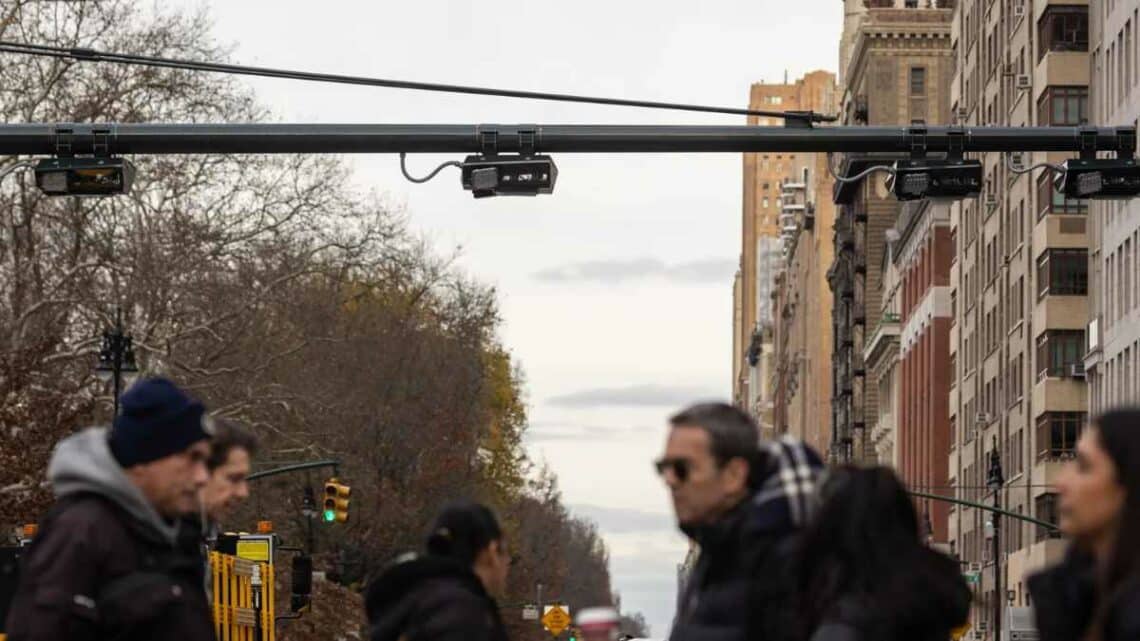From Donald Trump campaign posters to Planned Parenthood stickers on cars. Now, license plate readers are working on a U.S.-wide database that can be searched for hundreds of images that reveal citizens’ political leanings. There has also been a shift from monitoring license plates to generating other content that requires a lot of attention.
New images taken by license plate reading cameras
On December 4 last year, a car driving down a small residential street in Alabama used its cameras to take images of passing cars. It also generated images that contained neither a vehicle nor a license plate. In this case, it showed a bright red Trump campaign sign placed in front of the garage of a house. In the same background is a banner referencing Israel, a holly wreath and a festive blow-up snowman.
Another image added to the database thanks to the license plate reader is a sign reading “Steelworkers for Harris-Walz” placed on the lawn of a house. A construction worker, his face out of focus, is also seen near the sign. Other photos show Trump and Biden stickers on the back of trucks and cars across the country.
How were these photos taken?
The images in question were generated by artificial intelligence cameras installed in cars and trucks. Initially, their purpose was to function as license plate readers, but now they also photograph political signs in private yards, people wearing T-shirts with text on them, and vehicles displaying pro-abortion stickers that remain in their database.
They are able to capture all of these photographs while recording the precise locations of the photographs. Recently obtained data reviewed by WIRED shows how a tool originally intended for vehicle surveillance has evolved into a system capable of monitoring the speech of the U.S. Constitution.
The detailed photographs appeared in search results generated by DRN Data systems. This is a license plate recognition company owned by Motorola Solutions. Such a system can serve private investigators, repossession agents and insurance companies. For example, a Motorola-related company called Vigilant provides police with access to the same LPR data.
An investigation showing mass surveillance in the US.
Files shared with WIRED by artist Julia Weist, who is documenting restricted data sets, revealed something interesting. Those with access to the LPR system can search the database of these license plate readers for common phrases or names, such as politicians, and receive photographs. The search term appears in these images, even if it does not appear on the license plates.
For example, a search for Delaware license plates with the text “Trump” returned more than 150 images. But these showed not only cars, but also houses and bumper stickers. Each search result included the date, time and exact location where the photograph was taken.
The artist told how she searched for the word “Believe” and found all the signs in the garden. “There were things painted on flower pots on the side of the road and then a person wearing a sweatshirt.” As for the word “lost,” he found the flyers of people posting in search of dogs and cats that had run away from home.
License plate readers have billions of images of all kinds collected in their database. According to him, a large number of personal political views of people and their homes are found. “This reveals the extent to which mass surveillance is taking place on the quiet streets of America,” said Jay Stanley, a policy analyst with the American Civil Liberties Union.






